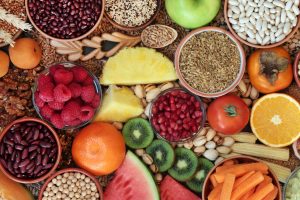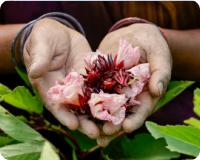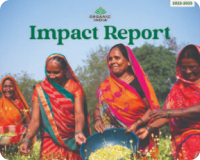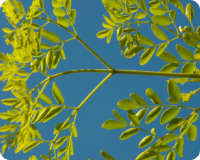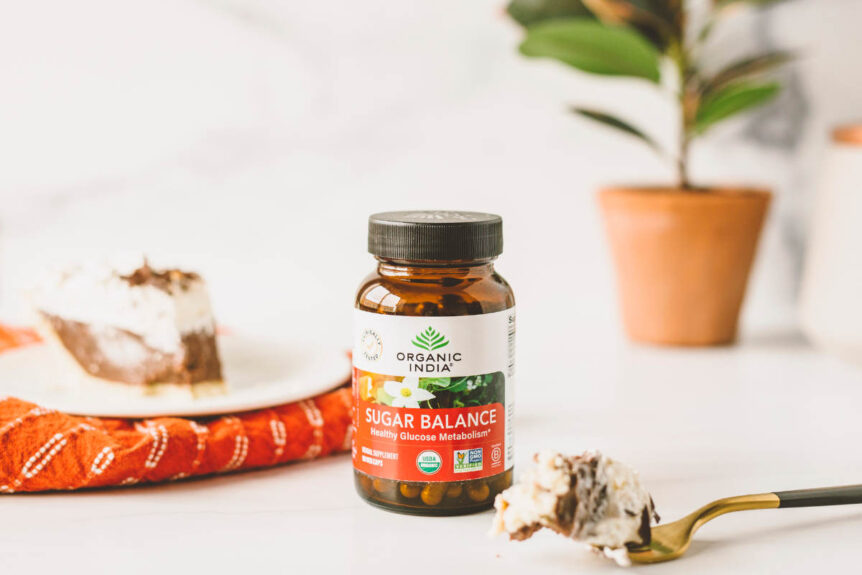

Section

Back
Maintaining a healthy blood sugar balance has become all the rage when it comes to optimizing health. Advice like: “eat protein at every meal and snack,” “don’t eat too much sugar,” and “watch the glycemic index” is readily dispensed among various health experts. However, although what you eat is certainly important, it isn’t everything. Neither is supporting blood sugar balance an entirely modern fad.
In Ayurveda, practitioners have prioritized supporting blood sugar for centuries through dietary, herbal, and lifestyle recommendations tailored to the individual’s dosha and health concerns. Today, we’ll explore some traditional herbs for blood sugar support and learn a bit more about the Ayurvedic approach.
Blood sugar isn’t just about what you eat
When most of us think: blood sugar we think about it in relation to food. Feeling tired? “It’s probably low blood sugar.” Poor exercise performance? “Probably ate too many carbs at lunch.” Feeling moody? “I should have had almonds with those chocolate chips.”
However, blood sugar is about so much more than what we ate or didn’t eat. Everything from your mood to circulation, heart health and metabolism, inflammatory response and energy relies on balanced blood sugar to function optimally.
Now, if you stop and think of all the organs involved in these different systems (your heart, liver, stomach, gut, brain, pancreas, kidneys, etc.) it gives you a different perspective of what’s required to maintain healthy blood sugar for the long-term.
This is where the right Hero Herbs, given in combination with a whole-person lifestyle approach, can make all the difference.
Blood Sugar Support Herb #1: Sadabahar
Sadabahar, also known as Madagascar periwinkle or vinca is a common ornamental plant found in gardens, on roadsides, and in wastelands. Its historical use in Ayurveda dates back to 2800 BCE, and its leaves, roots, and flowers have been used for supporting normal glucose metabolism, brain function, respiratory health, wound healing, and more.
Modern science has discovered its beneficial effects are due to the alkaloid compounds (of which it has over 400) and raubasin and polyphenols found in the leaves and flowers, which have been shown to promote normal insulin secretion by supporting the liver’s role in glucose utilization.
In an Ayurvedic approach, Sadabahar is used to rebalance Kapha energy, which can disrupt digestion and contribute to metabolic health imbalances.
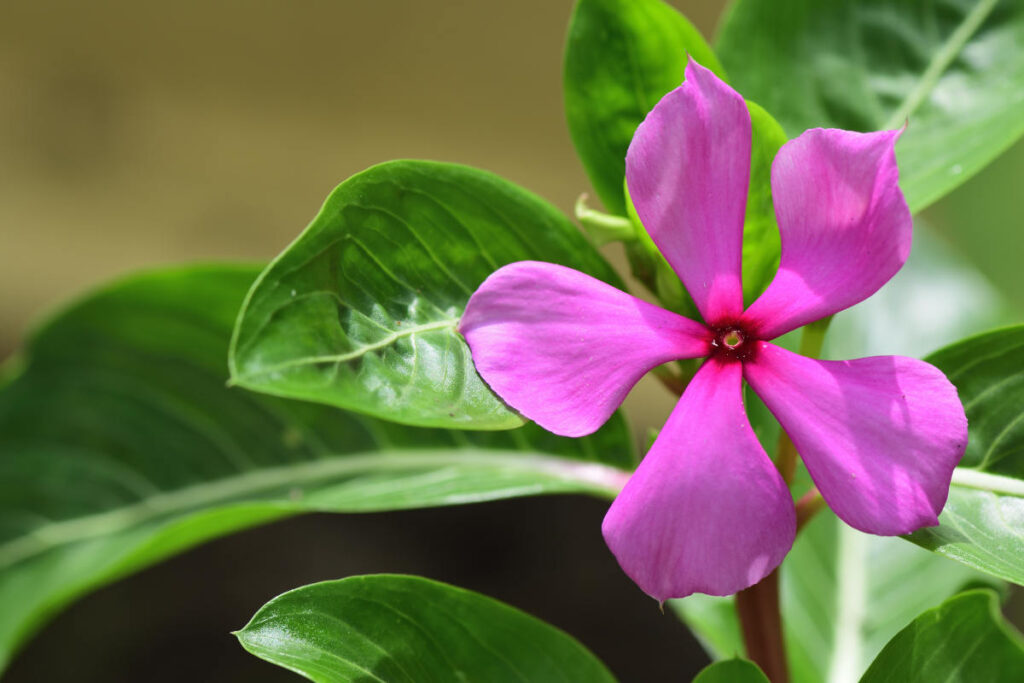
Blood Sugar Support Herb #2: Bougainvillea spectabilis
Bougainvillea spectabilis, more commonly known as Great Bougainvillea or Paper Flower isn’t commonly known in the West, but it’s been shown effective in supporting normal glucose metabolism, liver, and kidney function.
This tropical, shrubby plant with its pleasing bright fuschia flowers contains a wealth of phytoconstituents such as alkaloids, essential oils, flavonoids, glycosides, oxalates, phenolics, quinones, saponins, tannins, and terpenoids. These plant compounds are believed to be responsible for its beneficial effects on blood glucose and rejuvenating effect cells. Specifically, D-pinitol (3-O-methyl-chiro inositol) or “pinitol”, an active principle of the plant, has shown promise for supporting normal insulin levels.
In traditional cultures, Bougainvillea flowers, stems, leaves, and roots have been used to support blood sugar metabolism, throat health, digestion, liver function, respiratory health, inflammatory response, and by native peoples as a natural contraceptive.
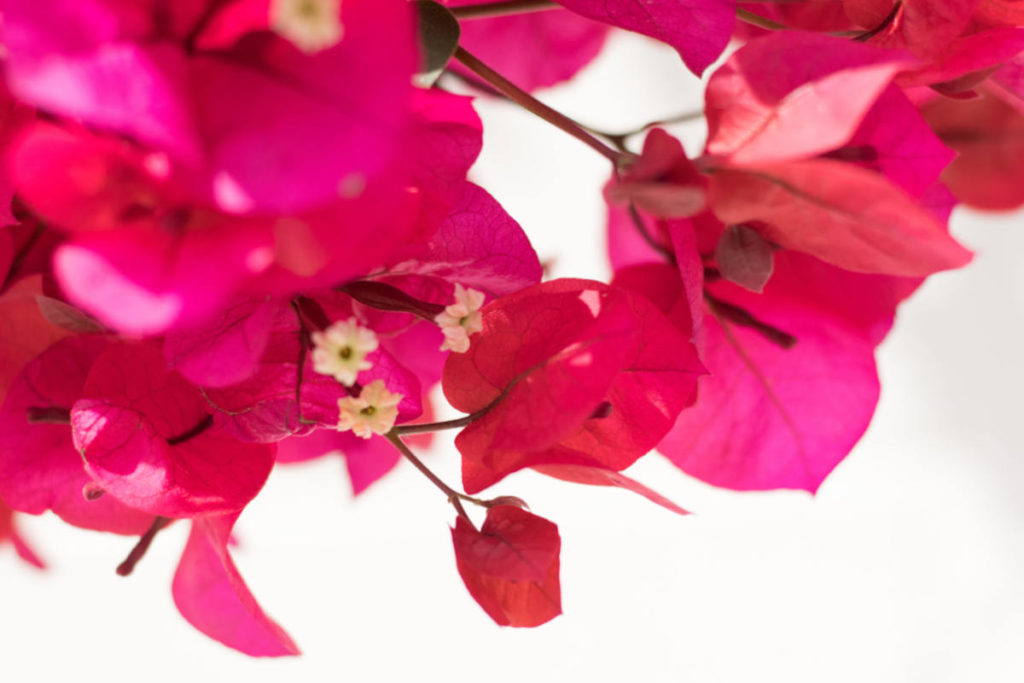
Blood Sugar Support Herb #3: Bimbi
Bimbi or “Ivy Gourd” is well-known in Ayurveda for its beneficial effects on glucose metabolism. A creeper bearing red fruits, the cool, sweet, and bitter leaves and root have also been used to support intestinal health, for bed wetting, mouth ulcers (the fruit), wound healing, for skin conditions, to support kidney health, as a poultice for injuries, and to calm down elevated kapha and pitta dosha.
Science has shown Bimbi does support normal blood glucose levels and carbohydrate metabolizing enzymes, and has a protective effect on the liver and kidneys.
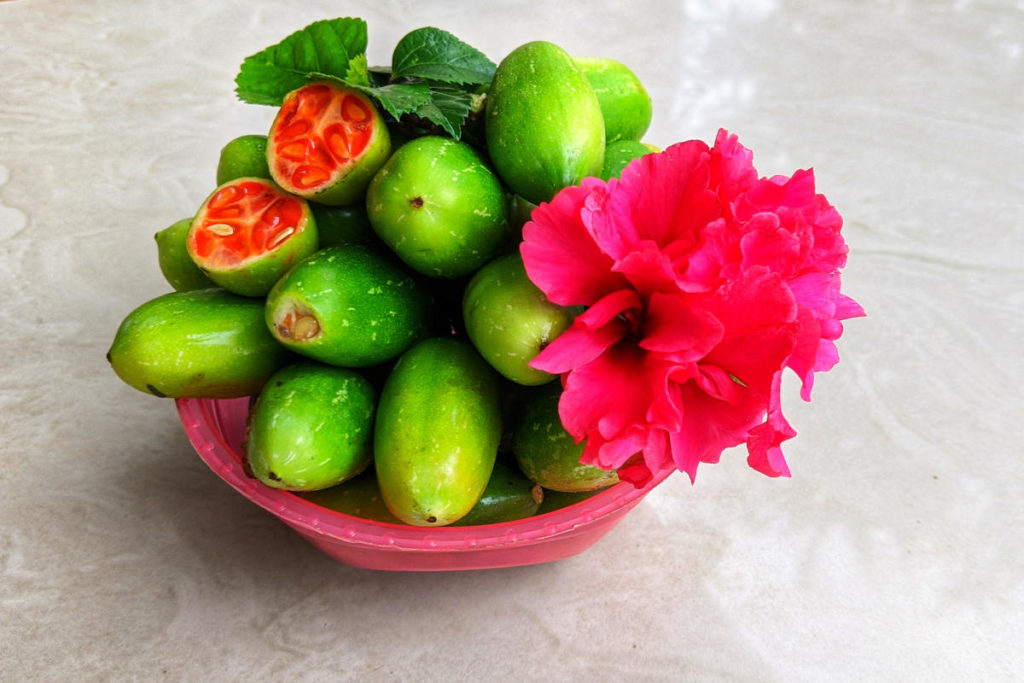
Blood Sugar Support Herb #4: Amla Berry
Amla berry, Amalaki, or Gooseberry is a favorite in Ayurveda for supporting blood health, liver function, mucous membranes, joint health, glucose metabolism, longevity, eye health, respiratory function, and as a topical treatment for restoring hair’s color and strength.
The secret to Amla’s powers lie in its impressive nutritional profile, which includes ample amounts of vitamin C (several times more than citrus fruits), gallic acid, tannic acid, calcium, iron, phosphorus, nicotinic acid, and ellagic acid (to name but a few).
In terms of its mechanism on blood sugar, scientists have found the ellagic acid, found in the plant’s essential oil, has a supportive effect on the normal action on β-cells of pancreas which control insulin secretion and glucose tolerance.
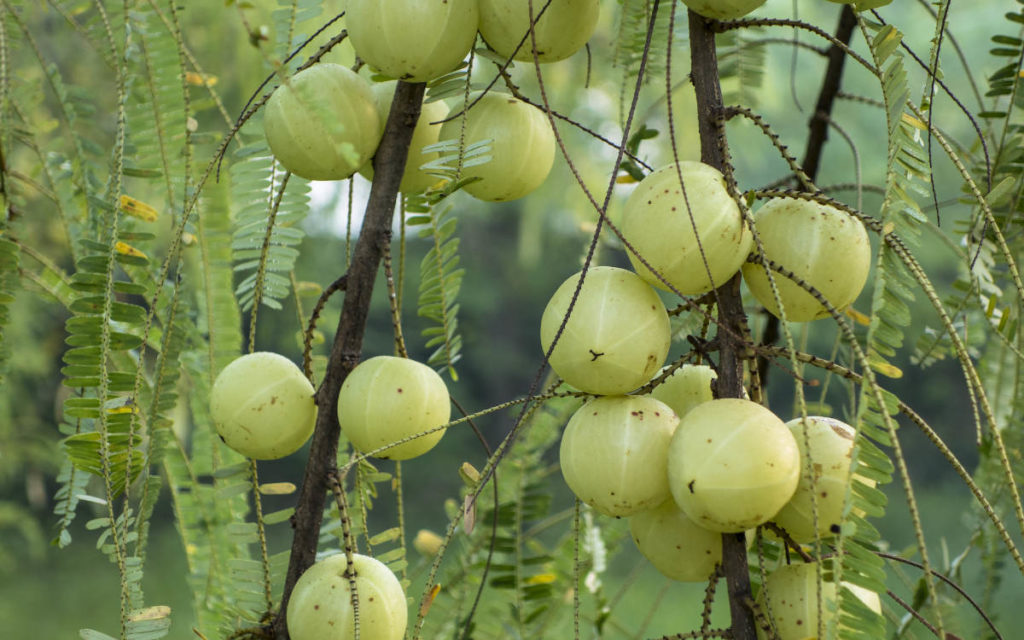
Blood Sugar Support Herb #5: Ceylon Cinnamon
No list of herbs for blood sugar support is complete without cinnamon. Ceylon Cinnamon, also known as True Cinnamon, is a famous spice native to Sri Lanka and southern parts of India. Gentler than its generic supermarket counterpart (Cassia cinnamon), this spice has a sweeter and gentler flavor and aroma and is safe for long term use as a supplement.
The spice is not only a delicious addition to teas and desserts, it has powerful blood sugar-supporting properties. Studies have found that Ceylon cinnamon helps aid glucose metabolism in the liver and improves insulin sensitivity at the cellular level. It also demonstrates antioxidant activity and supports a healthy inflammatory response.
Ceylon Cinnamon has been celebrated for its health benefits and blood sugar supporting properties in India, China, Rome, Egypt and beyond for thousands of years.
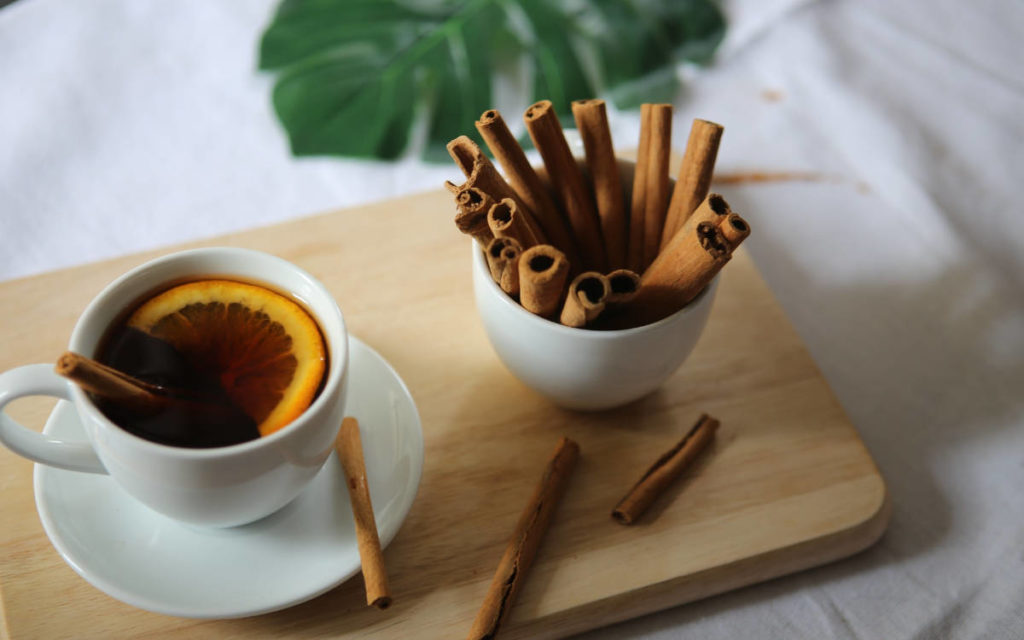
Blood Sugar Support Herb #6: Tulsi (Holy Basil)
One of the most famous Ayurvedic herbs (and a staple in our best-selling teas), Tulsi aka: Holy Basil, is considered sacred in many circles for its powerful health and spiritual benefits. In fact, the ancient Ayurvedic texts call tulsi the “most sacred plant on earth”.
A member of the basil family, Tulsi thrives in sunny hot conditions, which is why it’s widely grown throughout India, Asia, the tropics, and parts of North America. As an adaptogen (which helps your body adapt to stress) its uses are vast and include supporting digestion, adrenal health, circulation, respiratory health, metabolism, cognitive function, normal weight, mood, energy, and immunity.
Energetically, it balances vata and kapha doshas and is high in sattva—one of the 3 maha gunas (or 3 universal qualities of consciousness) that brings balanced joy, clarity, compassion, intelligence, insight, and wisdom.
Ayurvedic practitioners have used tulsi for centuries to support normal blood sugar, and science now confirms its use. Research has shown Tulsi works by countering metabolic stress through supporting normalization of blood glucose, blood pressure and lipid levels.
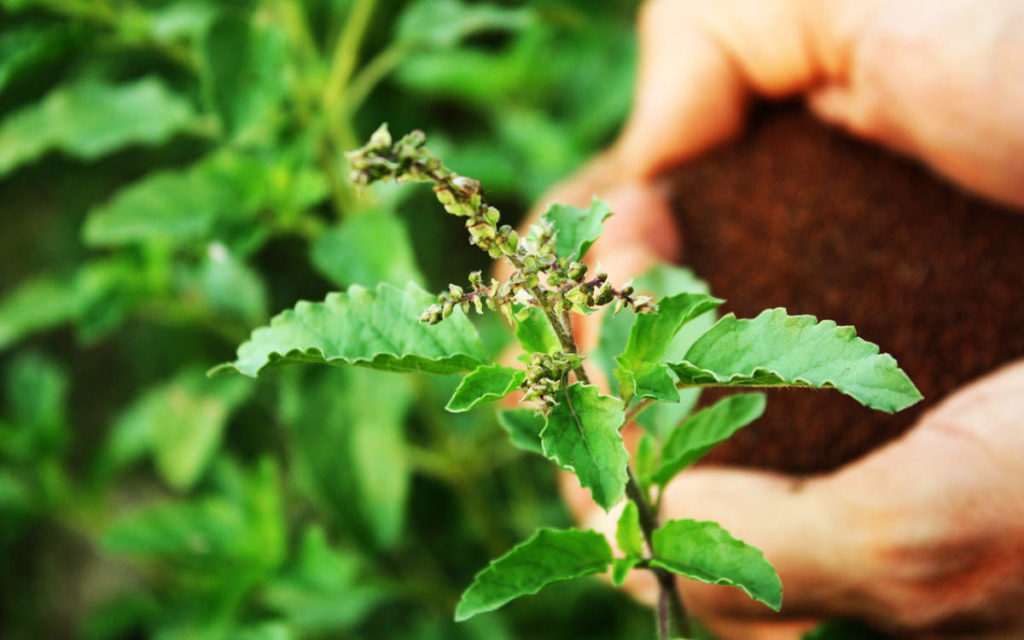
In closing, blood sugar isn’t just about what you eat…
In addition to a healthy diet and the herbs discussed, a holistic approach to maintaining healthy blood sugar metabolism includes movement and exercise, stress management, optimizing digestive health, supporting your liver and kidneys, balancing doshas, dialing in sleep, staying hydrated, and doing your best to maintain a healthy weight and state of mind.
For more information about how blood sugar metabolism works and herbs for blood sugar support, check out our whitepage on Natural Blood Sugar Support for Healthy Living here.
If you’re looking to pause sugar for a bit, check out this guide Sugar Detox: 9 Essential Tips You Need to Know.
